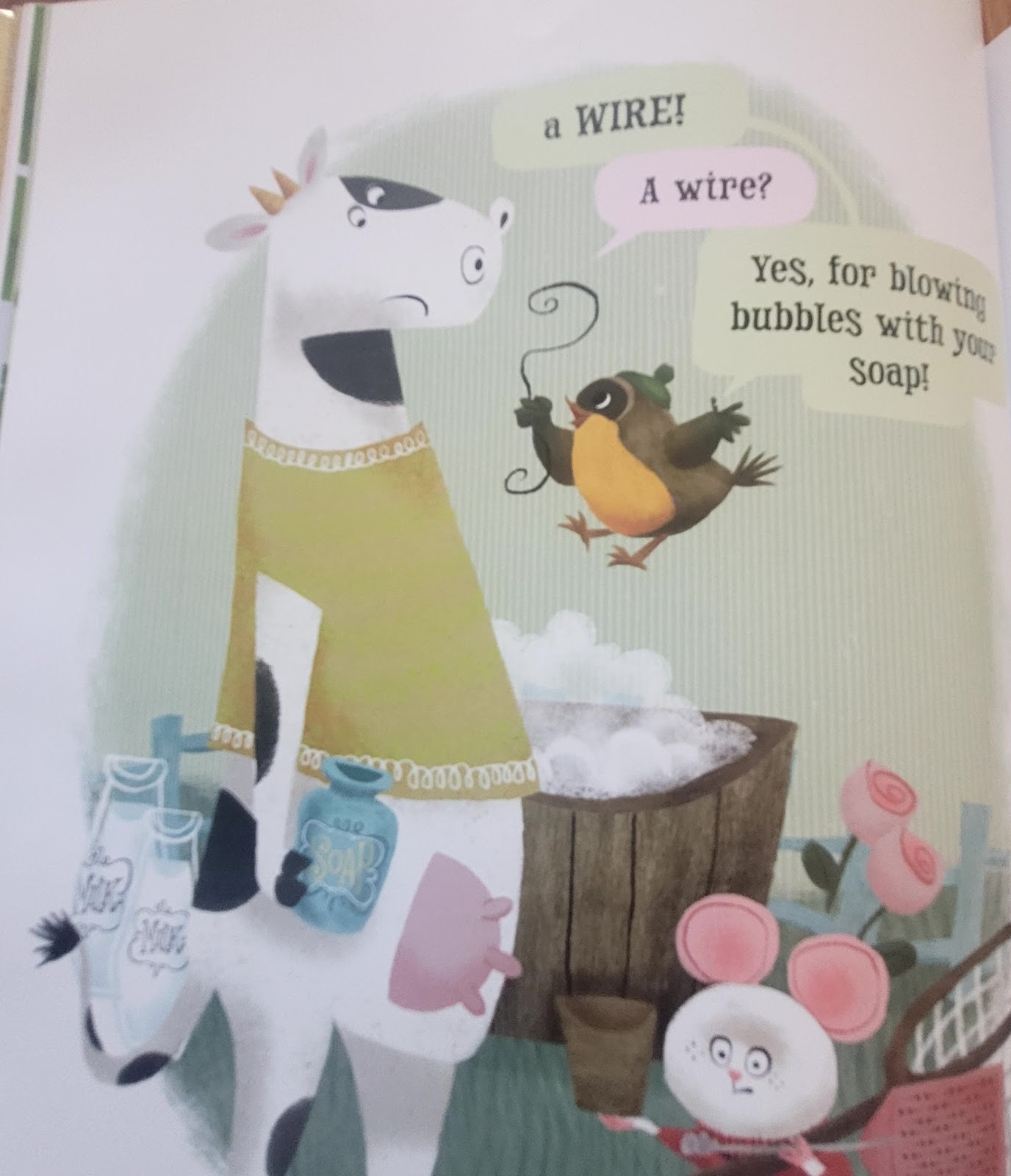Illuminated Understanding through Comprehension
February 19, 2023It's been some time since I've shared here - but we've done just a few things in the library spaces in these past few months! However, learning is at the heart of what we're always doing in the library and throughout the school (obviously!), and one of the ways we do that continues to be through storytime, which often highlights learning strategies and experiences both intentionally and sometimes unintentionally!
When I last shared about the comprehension strategies useful for exploring stories, ideas, and concepts, I talked about "monitoring for meaning" - looking, reading, and listening for clues that help students just determine what's going on! This is the most basic strategy, and is crucial for every subject and learning experience. We'll talk more about what that looks like in other areas in the near future.
Another strategy we often use without thinking - but one that still needs to be honed in our students - is using background knowledge, otherwise known as schema. We use what we know of the world and what we know from our own experiences ALL the time in order to help us bridge ideas and make connections with new information. It's also extremely useful to develop the flexibility to adapt schema with new or challenging information, and one way we highlighted this with some of our youngest students was by reading the book A Piece of Cake.
This is super cute, of course, but it also challenges readers to stretch their schema quite a bit! Mouse bakes a cake for a Bird, then gives away pieces of it to other friends, accepting gifts of a cork, a wire, a net, and a flyswatter in return. With the cake thus consumed before it reaches its intended destination, Mouse trades the items back to the other animals to receive ingredients for a new cake - but the traded items are quite different than what the reader would expect, with even young students having background knowledge about what these items are typically used for.
When I read this with students, they were briefly taken by surprise, but even after just the first item, even some of the Kindergarteners were demonstrating that they had made the adjustment and could guess accurately what surprising way the next one would be used. Having a dynamic mindset like this allows students to apply schema in new ways to build new kinds of knowledge, so that what didn't make sense at first made perfect sense by the end.
Sometimes this comes quickly, especially when aided by such a charming and fast-paced story. At other times, it's necessary to employ other strategies, such as asking questions. Now, you may be thinking that most kids don't need any help with this! But in many situations, they do, in fact, need help developing the most effective kinds of questions to ask as they monitor for meaning, apply background knowledge, and develop understanding. During our 3rd grade read-aloud not too long ago, I pulled out The Rough-Face Girl, a Native American Cinderella telling. Did you know that there's a Cinderella story in just about every culture? Reading variations of the tale from these different cultures is certainly a fun way to stretch schema, but in this case, some of our students actually protested when I showed them the book (which has been in our library for a long time).
"Not this one!" they objected. "It's weird!"
It's a little different than many of our fairy tales, admittedly, but I wanted to push their understanding just a bit, so I persisted. A couple of them shared that they didn't understand what it was about and that some of the pictures were "creepy." Fair enough! So I encouraged them to close their eyes and listen if they didn't want to see. (These illustrations aren't intended to be scary, incidentally, and I generally avoid anything that would convey that sense!).
We began, and we asked questions all the way through. Where is this? What time period do you think this might be? What is the illustrator trying to show with shadows, clouds, and color choices?
This is one of the "scary" pictures because "she looks weird," and "her clothes are strange." So we spent some time asking why that is. What did her sisters do to her? She worked by the fire, so her skin was marred by cinders, and her clothes were tattered because she was mistreated.
And so on...until the end, when the Rough-Face girl ends up married and her scarred skin healed. I pointed out to the students that she was called "beautiful" at some earlier point in the book, and I asked them what made her beautiful.
"She got new clothes?"
"She washed and her skin was healed?"
We looked through the evidence again and asked questions about what set her apart from her fashionably-clothed sisters, when exactly she was referred to as beautiful, and why she was allowed to be healed from her scars. Eventually, they were able to come to their own conclusion that what had made her beautiful all along was her character.
Also, by the end every single student was listening AND looking intently, because what seemed strange or even a bit scary was illuminated by new understanding and appreciation, and everyone was glad we had read it.
This is possible for EVERY subject and learning opportunity. It takes patience and some extra time there's no way around it), but it's worth it! Check out our Parent Resources page for the kinds of questions we're asking at each age level to stimulate this kind of comprehension, and stay tuned for some other practical applications!











.png)

0 comments